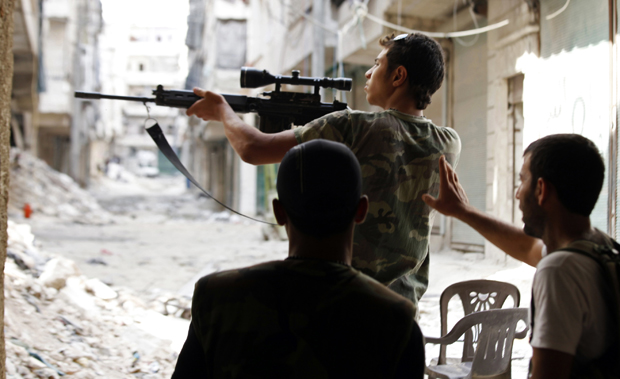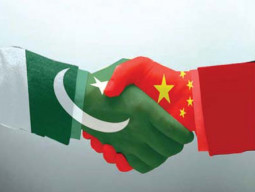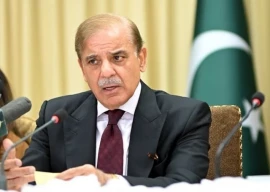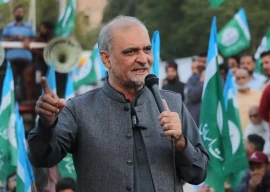
Turkey, the first country to call upon Assad for governance reforms in 2010-2011, hosts more than three million Syrian refugees, majority of whom live in camps in towns along its southern border. Turkey has long advocated creation of a no-fly zone in Syria to keep some sense of normalcy in the neighbouring country. However, reluctance of NATO allies and Obama’s imaginary deadlines factored in delaying Ankara’s bid for a buffer zone with the weakening state. The current operation – Euphrates Shield – was launched after repeated terrorist attacks by the ISIS on Turkish people and the intensifying Kurdish insurgency in the southeast, taking its toll on soldiers and policemen on an almost daily basis. The left-wing Kurdish militancy intensified particularly after shooting down of the Russian Su-24 aircraft.
Deadly insurrection : Islamic State truck bomb kills nearly 50 in Syria
The uprising in Syria is in its sixth year and the civil war is in its fourth. Neither Iran-and-Russia-backed Assad nor the Syrian people, whose majority have become refugees, are relenting. Last year, the image of a motionless child Aylan Kurdi who washed ashore, symbolised the desperation of the Syrian people fleeing chemical weapons attacks, phosphorus and barrel bombs, conscription and Assad and Russian gunship helicopters. His picture went viral across the globe but little changed on the ground. Despite the loss of 500,000 Syrian lives, Assad and his allies keep up the deadly and indiscriminate air raids. A few weeks ago, image of five-year-old Omran Daqneesh emerged from Aleppo. Sitting in an ambulance, Daqneesh stared into the camera lens with his face covered in blood and dust. His brother, like many of his child compatriots, died quietly.
Iran’s involvement
Since the bloodiest revolution in recent history, Iran developed close relations with Syrian dictator Hafez Al-Assad for purely undiplomatic reasons. Tehran’s new masters found a natural ally in the Syrian ruler for he belonged to the minority Nusayris sect, founded by Abu Shu'ayb Muhammad ibn Nusayr. After the fall of Tunisia’s Ben Ali and Egypt’s Mubarak, the Syrians took to the streets for ‘democratic rights and accountability’, a step fiercely opposed and militarily crushed by the regime with the support of Iran and its proxy Hezbollah in Lebanon. In 2014, Russia intervened on the invitation of Bashar Al-Assad whose fall was inevitable despite foreign mercenaries hired by Iran from as far as Afghanistan, Pakistan and central Asian states.
It’s no secret that pro-Iran elements have been hiring Pakistan from Balochistan’s Hazara community, Gilgit-Baltistan and tribal regions, such as Kurram agency, to name a few. In 2016 alone, over 300 Pakistanis have died fighting in Zeinabiyoun unit alongside Hezbollah, Iraqi militias and Assad’s military in Damascus suburbs, Aleppo, Idlib and elsewhere in the country. Their bodies are never brought to Pakistan but buried in Iran whenever retrieval from the battleground is possible. The funerals are held with the name and nationality of Iran’s proxy militant announced publically.
The Iranian government is now setting up a fund for the families of deceased mercenaries and the ones fighting with the Iranian Revolutionary Guards Corps (IRGC), offering them to be resettled in Lebanon. Tehran enacted a law in May granting Iranian citizenship to Afghans and Iraqis who fought in the war against Saddam Hussain. Many believe that Tehran will grant nationality as well to the Zeinabiyoun mercenaries under the same law.
Analysis: The grim reality of Pak-Afghan relations
Pakistan’s possible role
While Pakistan is fighting to curb extremism, the Syrian-Iran dimension is extremely alarming. Global news sources such as Reuters and The New York Times have reported on Pakistani shi’ites involvement in Syria on behalf of the IRGC. Such a clandestine activity can trigger retaliation if Islamabad continues to look the other way. After Kulbushan Jadhav’s arrest, Modi’s Iran visit and Mullah Mansour’s killing, Pakistani military sees its southwestern border increasingly vulnerable to anti-state elements. The to-and-fro movement of recruiters and mercenaries across Pakistan-Iran borders is also alarming for Pakistan who has maintained neutrality on the Syrian issue. Though Assad’s Syria always opposed Pakistan and sided with India and even provided refuge to Al-Zulfiqar hijackers, Islamabad has repeatedly called for resolution of outstanding issues in Syria through dialogue.
Pakistan can play a vital role in peacekeeping once the truce is reached for which John Kerry and his Russian counterpart has met over a dozen times. The prospect of a ceasefire and removal of Assad as a result of negotiation is anybody’s guess. Islamabad played a significant role in East Timor after its independence from Indonesia and post-Saddam Iraq. It eyes at the same possibility again in Syria. However, a similar possibility will become awfully bleak if its citizens continue to fight with either side of the conflict (which in this case is Bashar al-Assad). It’s time for indiscriminate and effective implementation of the National Action Plan.
Naveed Ahmad is a Pakistani investigative journalist and academic with extensive reporting experience in the Middle East and North Africa. He is based in Doha and Istanbul. He tweets @naveed360
1732503274-0/Untitled-design-(43)1732503274-0-405x300.webp)
1732501636-0/Untitled-design-(42)1732501636-0-165x106.webp)

1732498967-0/Outer-Banks--(1)1732498967-0-165x106.webp)
1732086766-0/BeFunky-collage-(74)1732086766-0-165x106.webp)












COMMENTS (17)
Comments are moderated and generally will be posted if they are on-topic and not abusive.
For more information, please see our Comments FAQ